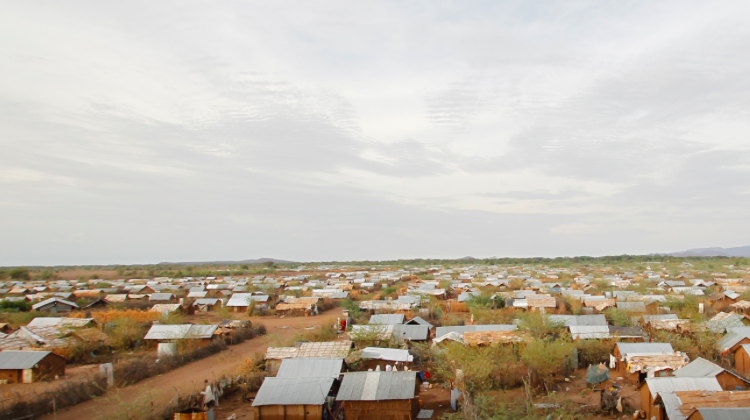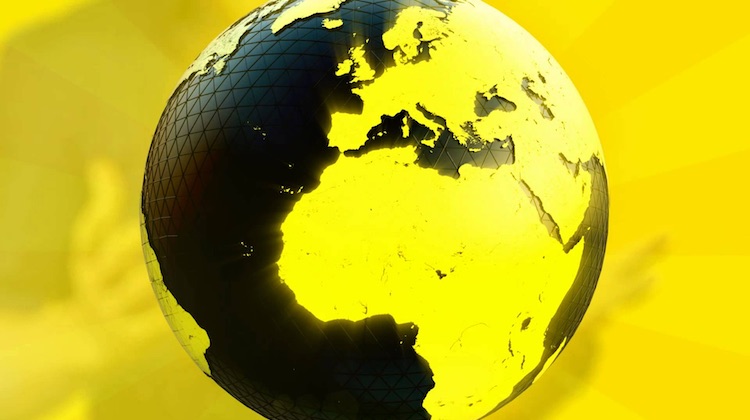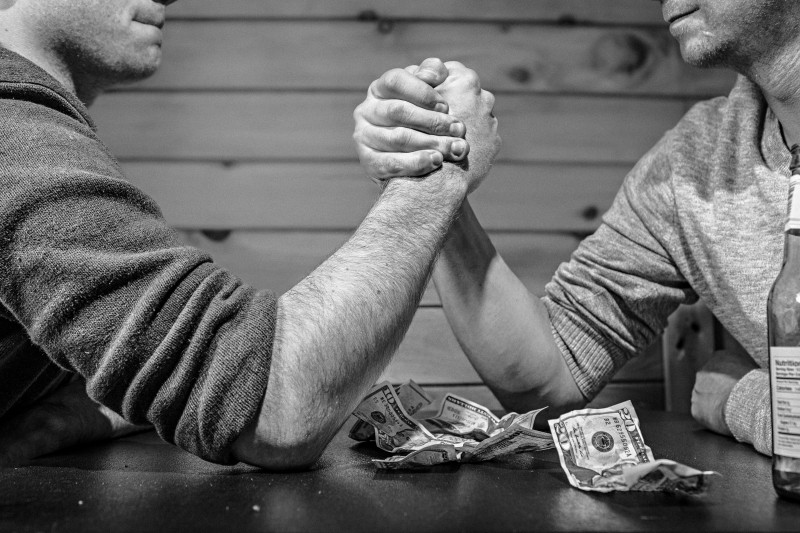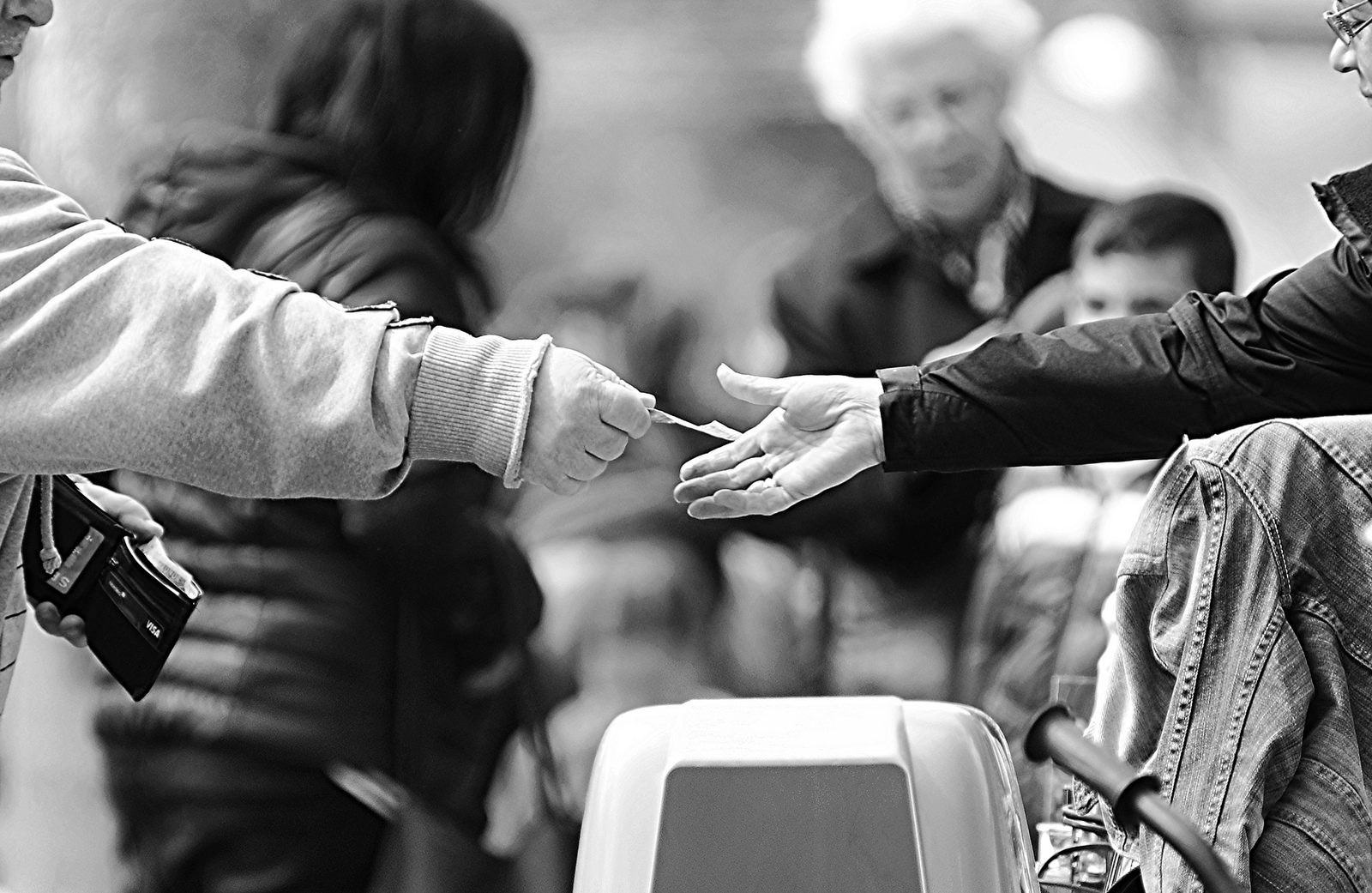How Western Union is digitizing a 166-year-old business
TCF Bank is reimagining the value chain with ZEO
4 fintech tools that still run on cash
High Five! The top 5 fintech stories we’re following today
Competition in hot pursuit, Western Union continues to lead
[podcast] Why a 164 year old payments giant partnered with the hottest social media tool on the planet
One of the themes we’re tracking here at Tradestreaming is the confluence of incumbent financial institutions with new technologies, platforms, and tools. When you look at some of the largest and oldest financial institutions, some are indeed embracing the future.
Western Union is one of those firms. You’re probably familiar with the fact that Western Union provides consumers and businesses with a variety of ways to send and receive money around the world. Through multiple brands , the company, which is 164 years old, has built a combined network of over 500,000 agent locations in 200 countries and territories and over 100,000 ATMs and kiosks, giving it the capability to send money to hundreds of millions of accounts. In 2014, The Western Union Company completed 255 million consumer-to-consumer transactions worldwide, moving $85 billion of principal between consumers, and 484 million business payments.

The scale is pretty staggering and what’s interesting is how the firm is embracing some of the same tools its customers are using. A recent study by McKinsey estimated that by 2020, 12% of global remittances will be initiated via social media and communications platforms. To this end, earlier in the fall, Western Union launched the WUConnect service, which opens Western Union’s internal transaction processing network to platforms that want to offer social and text payment capabilities to their own customers.
The company created application programming interfaces and a software developer’s kit to let social networks, like Facebook, access the service. And just a couple of weeks ago, the company announced that WeChat, the Chinese communications platform, is rolling out an integration that would enable its 650M active users to send money to one another over the WU Connect service.
David Thompson, Western Union’s Chief Information Officer, joins us today on the Tradestreaming Podcast to discuss how his firm views the convergence of social, technology, and finance and how he’s helped manage the internal processes to ensure Western Union stays competitive and relevant throughout the evolution of today’s technology.
Listen to the FULL episode
What you’ll hear in this week’s podcast:
- The inherent socialness of payments and why it makes sense for apps/social platforms to offer peer to peer payments
- WUConnect, Western Union’s API / SDK suite to integrate cross-border payments into social media networks
- What’s driving the partnership with WeChat, China’s leading social media communications platform with 650M monthly users
- How payments can drive additional stickiness to large social platforms
- Strategy drill-down on Western Union’s global leadership in cross-border and digital payments
- How Western Union’s competitiveness is driven by a large investment in regulatory compliance in 200 countries around the world
- David’s view on the challenges in cross-border, cross-currency money transfer and what he and Western Union have done to solve for these
- Why McKinsey believes that by 2020, 12% of global remittances will be initiated via social media and messaging platforms
- What David has planned for new types of partnerships in 2016 as well as new functionality slated to be launched as part of WUConnect
THIS WEEK’S SPONSOR
This week’s episode of the Tradestreaming Podcast was sponsored by Collective2 — automated trading for humans.
Choose one of the thousands of automated trading strategies at Collective2, and trade it in your brokerage account.
To learn more, go to www.collective2.com/tradestreaming and as a Tradestreaming listener, you will get $55 off the first strategy you publish to Collective2.
MORE RESOURCES
- Western Union (website)
- Western Union launches WUConnect Expanding Cross-Border Money Transfer via Mobile and Social Media (Press Release)
EVEN MORE RESOURCES
Photo credit: sandklef / Visual Hunt / CC BY-SA














